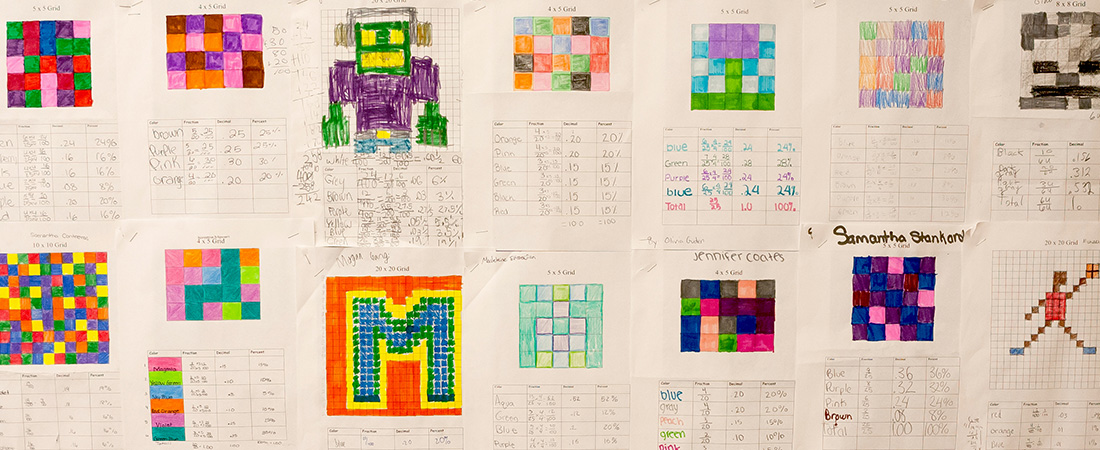Math Teachers, as Learners

When EDC’s Lynn Goldsmith and her colleagues set out to review two decades’ worth of research on mathematics teachers’ learning, she had one question in mind: How do teachers continue to grow as educators once they’ve entered the classroom?
What she found was that teacher learning was somewhat of a “black box,” which made her ask even more questions.
“There is relatively little research about how teachers learn,” she says. “If we had more information about how to help teachers get better at what they are doing, we gain a lot of potential for helping students, too.”
Goldsmith and her co-authors, Helen Doerr of Syracuse University and Catherine Lewis of Mills College, came to this conclusion after reviewing 106 studies on in-service teachers’ learning from 1985 to 2008. They defined teachers’ learning to include “changes in knowledge, changes in practice, and changes in dispositions or beliefs that could plausibly influence knowledge or practice.”
They identified three broad themes in the collection of studies they reviewed:
- Teacher learning tended to occur through iterative cycles of exploration and reflection on practice.
- The same intervention could impact different teachers in different ways.
- Much of the existing research focused on documenting the effectiveness of professional development programs rather than on exploring the processes by which teachers learned to improve their practices.
Their research, titled “Mathematics Teachers’ Learning: A Conceptual Framework and Synthesis of Research,” was published online in August in the Journal of Mathematics Teacher Education.
The lack of studies examining the conditions that promote teachers’ learning raised many questions for Goldsmith, who has conducted research on a number of EDC’s mathematics professional development initiatives.
“There’s a lot about teachers’ learning that we still don’t understand deeply,” she says. “It’s a complicated process that typically involves changes in teachers’ content knowledge, their beliefs about learning and teaching, and instructional practice itself. For whom, for example, does a change in practice lead to a change in belief, and for which teachers is it the other way around?”
Teachers need time and support to put their developing ideas and new techniques into practice, says Goldsmith. Yet in their review, Goldsmith, Doerr, and Lewis found numerous studies lasting only one year—too short a period to show whether professional development was helping teachers grow, change, and improve.
“There is relatively little research looking at what happens when professional development is over,” says Goldsmith, “even though it can take months or years for a teacher to change her or his practice.”
The idea that teacher’s professional learning is a long-term enterprise is significant, especially in an era of teacher accountability and high-stakes assessments for students. And though literature on teacher learning was limited, Goldsmith did find research on professional development programs themselves. She notes that research supports the design of professional development programs that offer extended, focused experiences and that provide opportunities for teachers to experiment in their classrooms with the new knowledge and skills they have encountered.
Goldsmith thinks that trying to understand teacher learning is important for making informed decisions about creating and supporting professional learning opportunities. It’s also reminded her that teachers and students share a common goal: they are all learning.
“Teachers are a critical mediating factor in the classroom. But everyone in that room is trying to learn, trying to improve,” she says. “I’m increasingly interested in how teachers and students do this together.”
